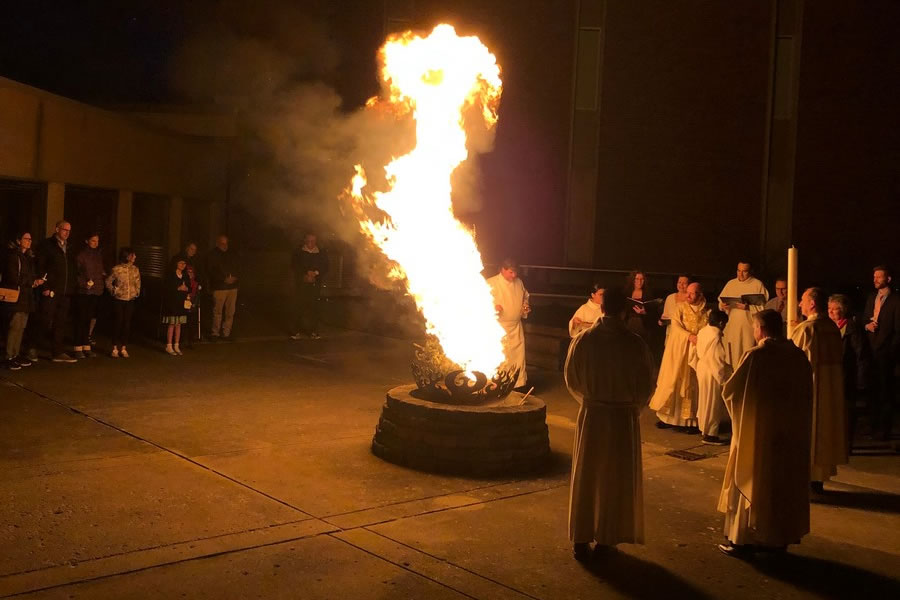
Pablo Picasso, the renowned artist from Spain
by Rev. Gabriel Baltes, O.S.B. | 04/21/2024 | A Message from Our PastorDear Parishioners,
Pablo Picasso, the renowned artist from Spain, maintained that every act of creation begins with an act of destruction. He was speaking about the context of artistic creativity in which he believed that for one to be truly creative, something from the past must be destroyed so that something new could be born. This principle not only describes the dynamics of making art, but is also the fundamental teaching of the Christian faith, for we believe that from the death of Jesus, the new life of resurrection dawned.
Continue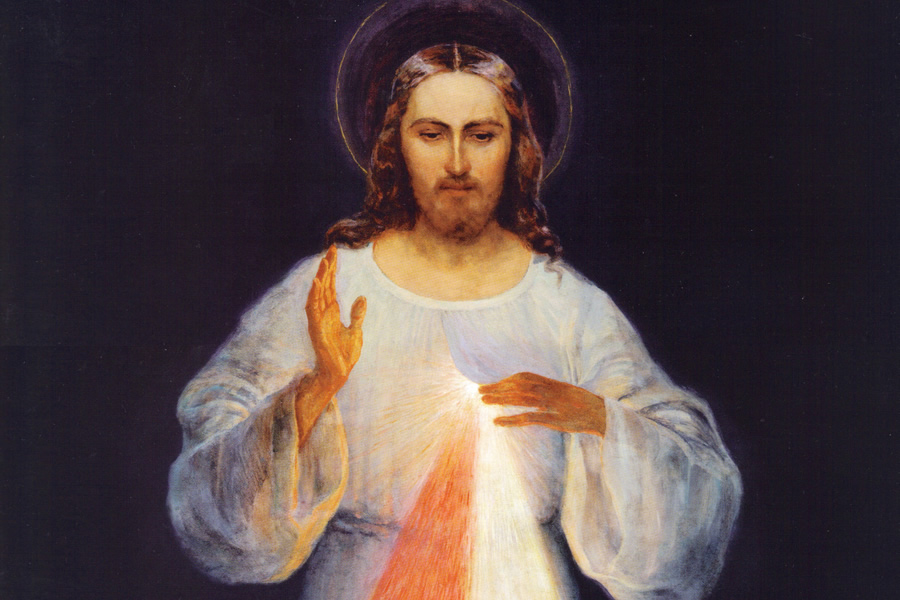
Faith-Inspired Movies
by Bishop Ronald A. Hicks | 04/14/2024 | A Message from Our PastorContemporary movies are challenging to watch and often dubious to recommend. It seems so many contain agenda-laden themes, disturbing violence, immorality, and obscene language. I keep hoping to uncover that diamond in the rough that is worth watching—either in the theater or streaming live in the comfort of my home.
Continue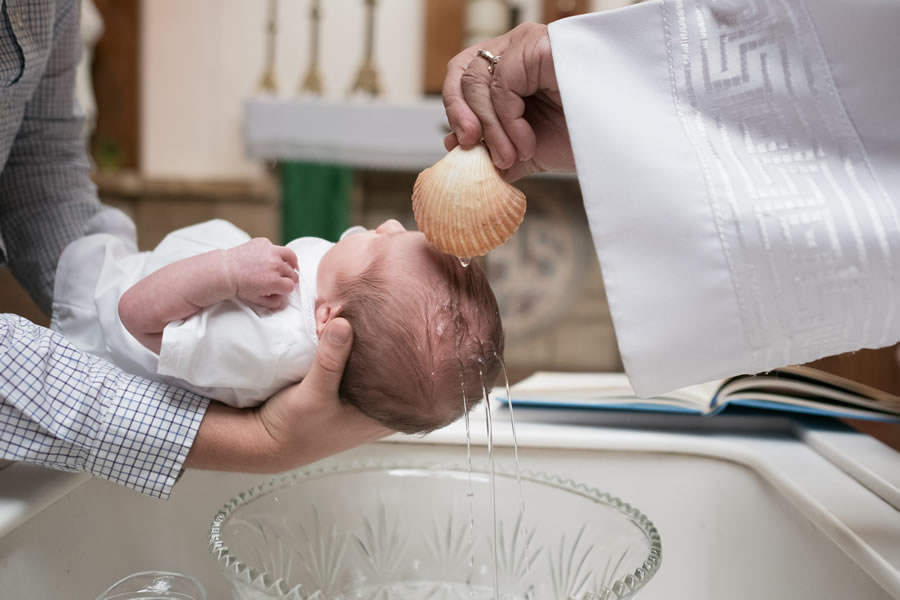
Water in the Liturgy is a Reminder of Baptism
by Kathy Kuczka | 04/07/2024 | A Message from Our PastorWater changes things.
Have you ever noticed the physique of a swimmer? Swimmers tend to be broad in the shoulders and slim at the waist with arms and legs strengthened by their continual movement in the water. Swimmers surrender their bodies to the water, and as a result the water reshapes them.
Continue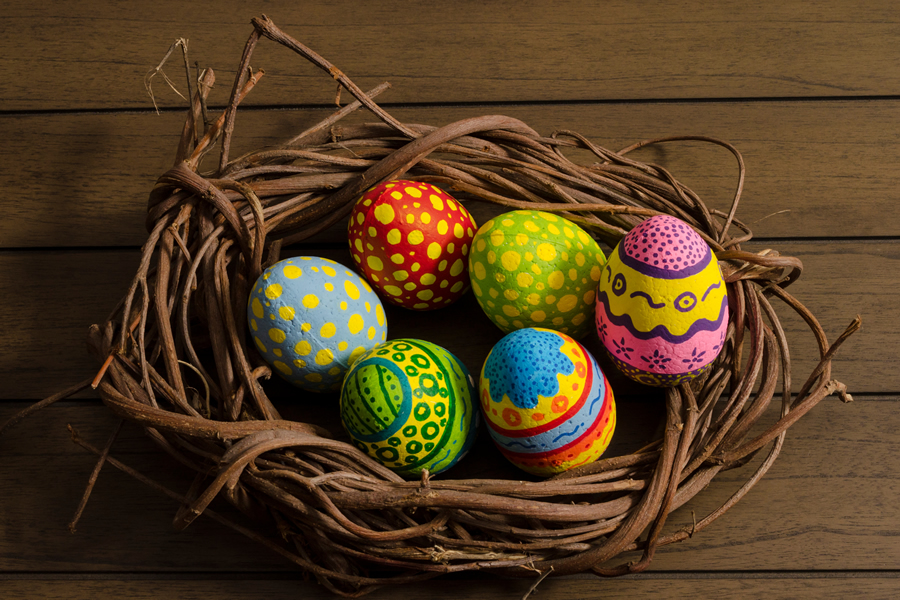
Christ is Risen! He is risen indeed!
by Rev. Gabriel Baltes, O.S.B. | 03/31/2024 | A Message from Our PastorDear Parishioners,
Christ is risen! He is risen indeed!
It is difficult for me to fathom that Easter is here already. It seemed that not all that long ago we were being signed with ashes as a call to repentance. Today we are being invited to break open colored eggs and to, once again, indulge in whatever delectable amenities we put aside for the 40 days of Lent. Perhaps more than any other food, the egg is the one most associated with Easter and with springtime in general.
Continue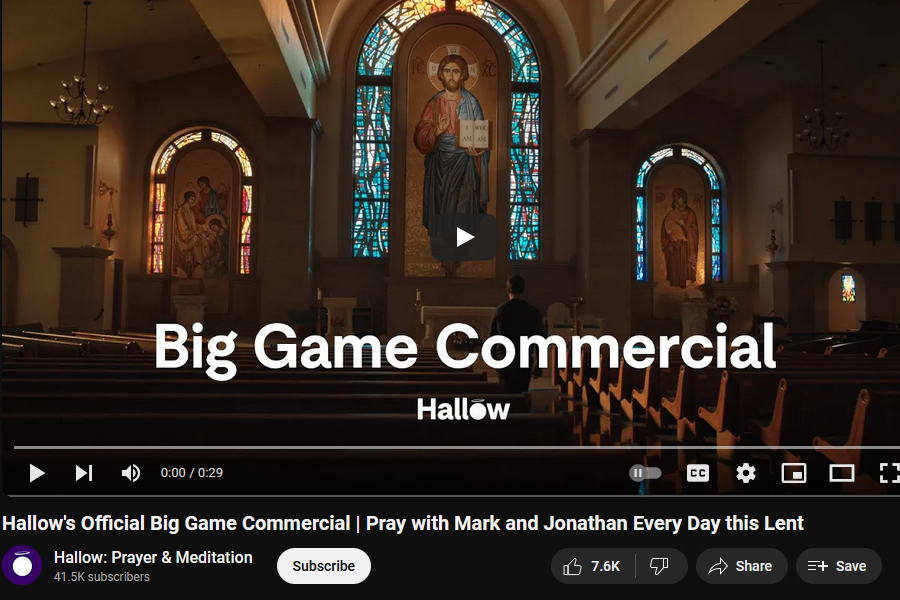
Super Bowl Surprise
by Bishop Ronald A. Hicks | 03/17/2024 | A Message from Our PastorOn a Sunday in February, I gathered with my family and friends to watch the Super Bowl. It was entertaining hearing everyone’s reasons for gathering around the game that day.
Some were cheering on a particular team or player. Others couldn’t wait to view the halftime show or catch a glimpse of Taylor Swift. A few just relished being in the company of friends and family and indulging in the abundance of food and drink. Regardless of each person’s motivation, the Super Bowl provided us with an opportunity to come together in the spirit of fun and camaraderie.
Continue
The Easter Basket is a Christian Tradition
by Rev. Gabriel Baltes, O.S.B. | 03/10/2024 | A Message from Our PastorThe precise origin of coloring eggs is not known, but it can be traced back to early Greek Christians who colored their eggs red to symbolize the blood of the sacrificed Christ. They also used green in honor of the new foliage emerging after the long “dead” time of winter.
From the time of the early Christians, the tradition Easter basket took its deepest roots in Eastern Europe where it included foods that were rich in symbolism. The basket included those foods which Catholics abstained from during Lent such as meat, eggs, and butter. To this day, the tradition of preparing, blessing, and eating from the basket on Easter Sunday morning flourishes throughout the Catholic Faith.
Continue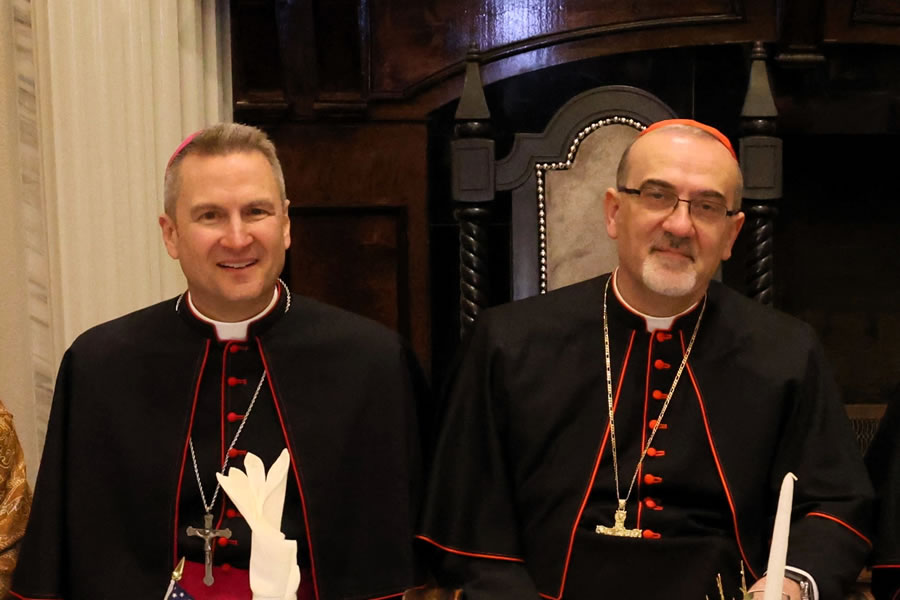
Peace in the Holy Land
by Bishop Ronald A. Hicks | 02/25/2024 | A Message from Our PastorWhat do we do when we do not know what to do?
Throughout the journey of our lives, we all experience moments of uncertainty, ambiguity, or indecision. We can feel small, inadequate, and almost paralyzed as we face looming problems ranging from our own personal issues to worldwide crises.
Grounded in faith, Saint Francis of Assisi wisely taught that when we do not know what to do, we should “pray, obey, and love.” Our Catholic tradition reflects his wise counsel.
Continue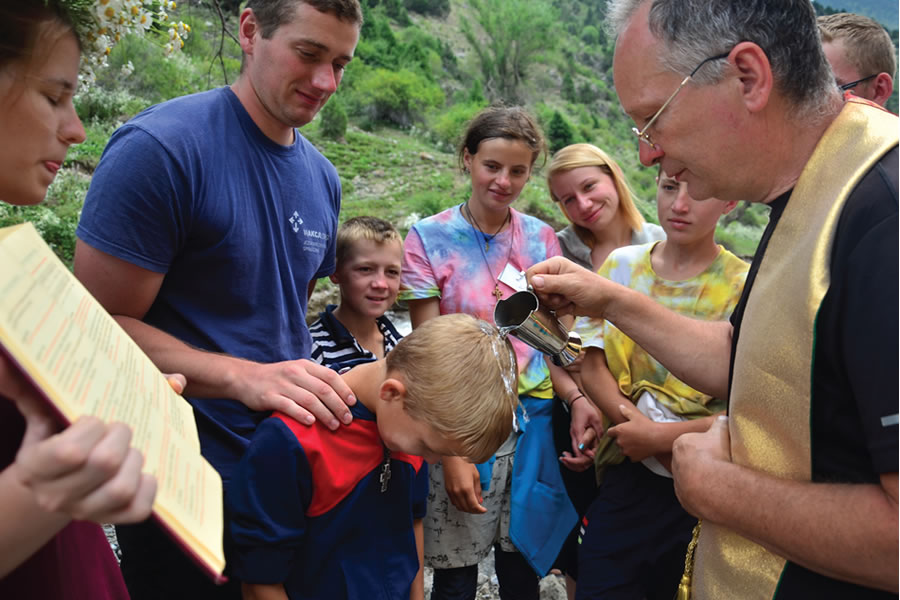
Collection for the Church in Central and Eastern Europe
by Bishop Ronald A. Hicks | 02/11/2024 | A Message from Our PastorDear Brothers and Sisters in Christ,
Throughout his pontificate, our Holy Father, Pope Francis, has often spoken of the need for Christians to evangelize others through accompaniment. Through listening patiently, building trust, and being mindful of others’ dignity, we can help one another encounter Christ’s merciful love, especially those who suffer from emotional wounds, loneliness, and doubt. For Central and Eastern Europeans living in countries that experienced 70 years of communist oppression, the Church especially needs to accompany people to an encounter with Christ that is patient, understanding, and filled with hope instead of fear, anger, and anxiety.
Continue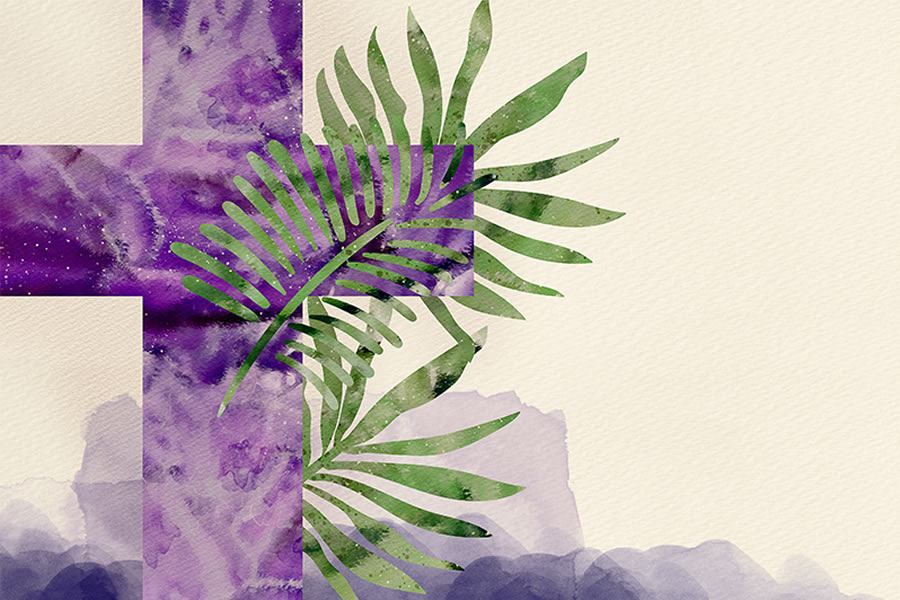
Parish Mission
by Rev. Gabriel Baltes, O.S.B. | 02/04/2024 | A Message from Our PastorDear Parishioners,
I am writing to encourage all our parishioners to be a part of our annual Parish Mission scheduled for Monday, February 19th thru Wed, Feb 20 at 7:00pm. Each of these three evenings we will gather in the church for a Scripture service followed by a reflective presentation from the mission director. The overall theme of the Mission is expressed in its title, Let Us Dream The Path To A Better Future. Each of the evenings will have a specific focus that supports this general theme:
Continue